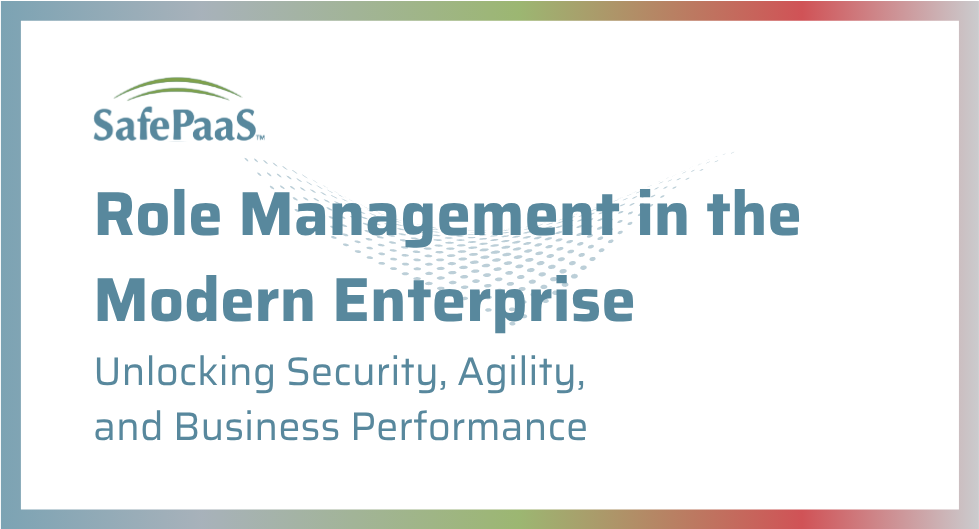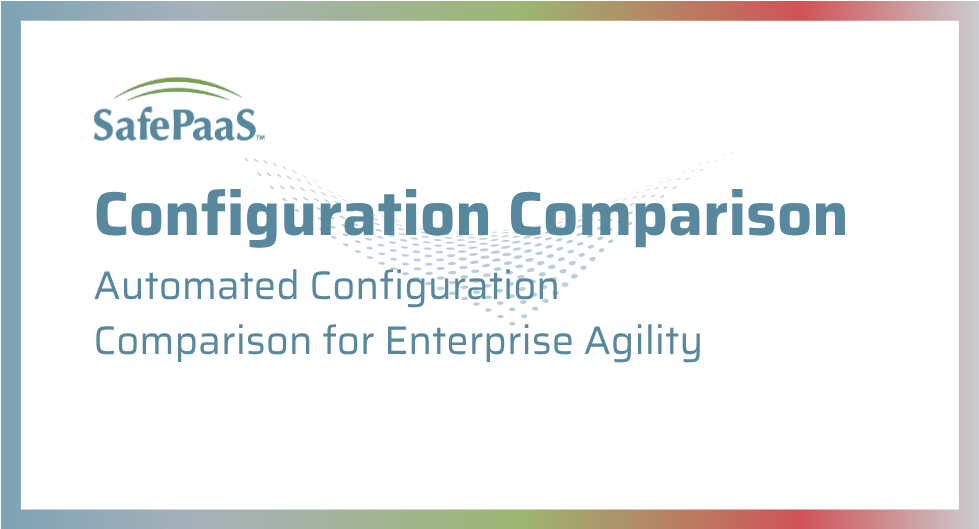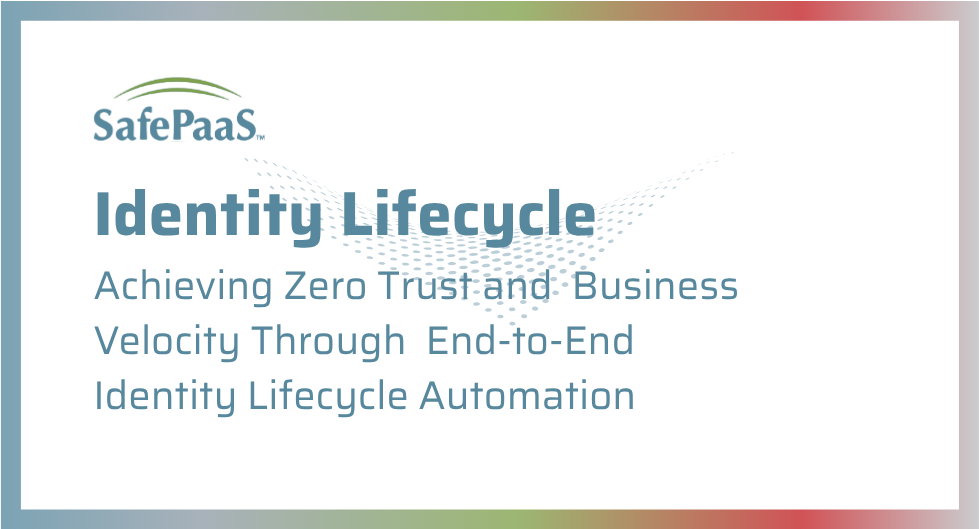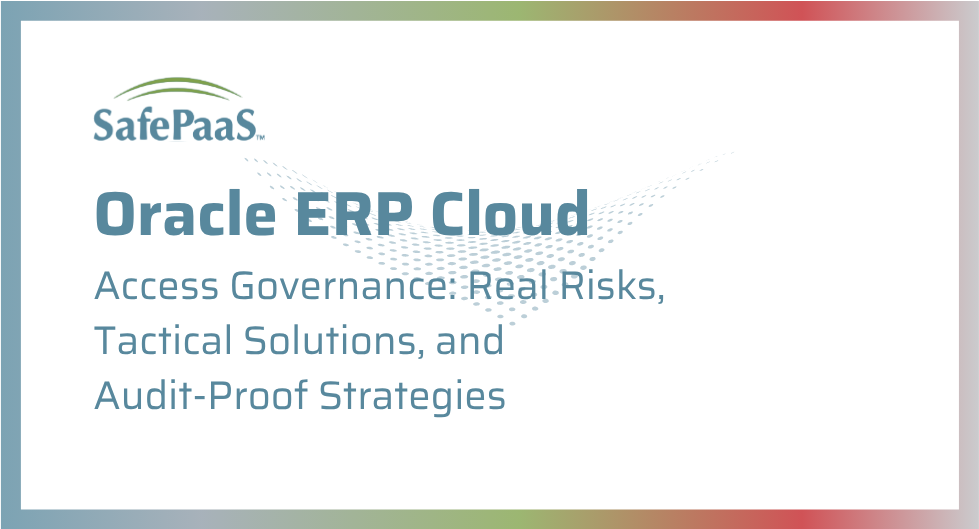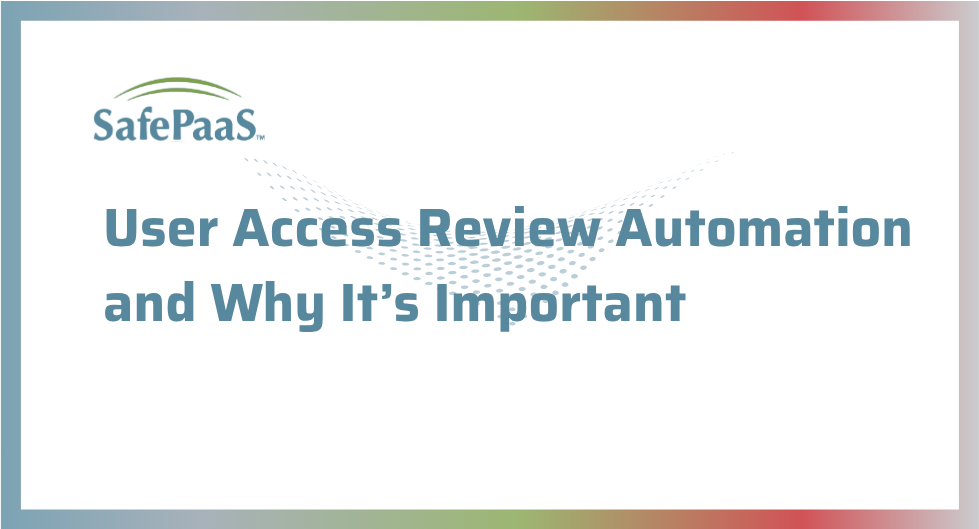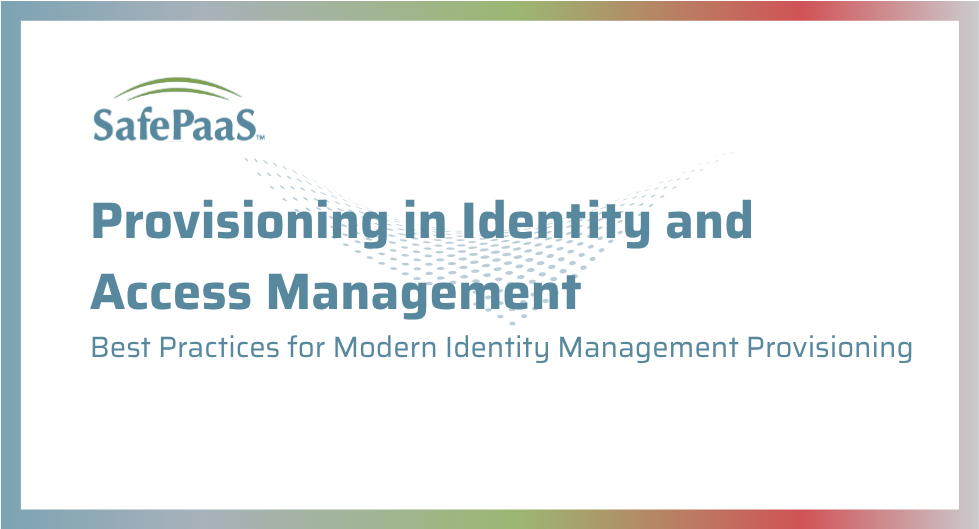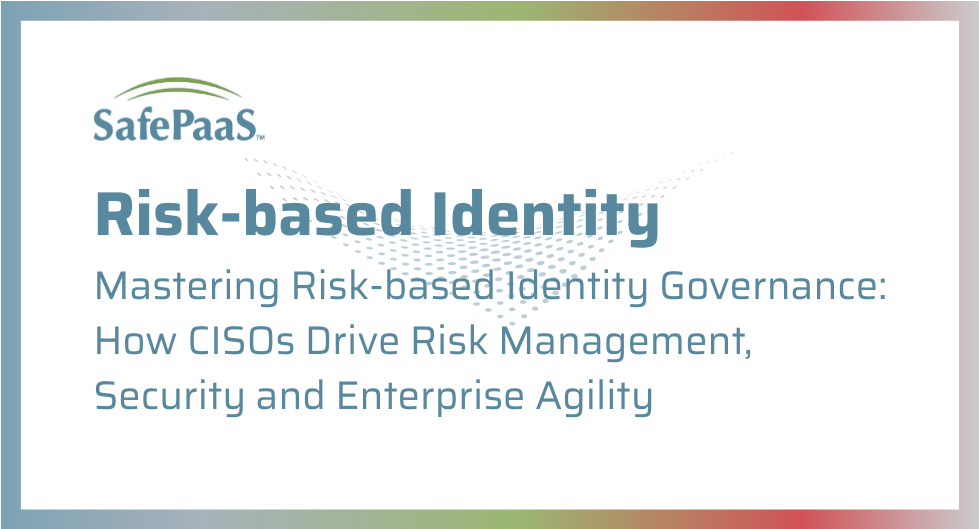Why Role Management Is More Than Compliance
Role management is not just about ticking compliance boxes; it is the frontline of identity security and operational risk control. In a distributed enterprise, where ERP systems, identity management systems, and cloud platforms interconnect across remote teams and external partners, access risk is a daily reality. Security-first, policy-based role governance, anchored in hundreds of fine-grained security attributes, is the only safeguard that scales with dynamic business needs. Unchecked entitlements, outdated roles, or orphaned accounts don’t merely lead to audit findings: they threaten operational resilience, financial integrity, and organizational agility.
This article will move you beyond legacy thinking; it shows how modern, automated role management, driven by policy and analytics, solves today’s pain points. Every section links security and identity decisions directly to measurable business impacts, focusing on risk reduction, agility, and return on investment.
The Real Cost of Poor Role Governance
Role Creep: The Hidden Security Breach
Role creep is one of the most silent but severe enterprise risks. Privileges are copied, temporary access lingers, and legacy migrations introduce forgotten entitlements. Over time, these unchecked permissions create entry points for internal fraud, data leaks, and sabotage, risks that multiply as business complexity grows.
Role Chaos: When Access Outpaces Governance
Today’s hybrid business ecosystems, spanning legacy ERP, cloud, and custom apps, breed “role chaos.” Business-defined roles drift away from the permissions managed by IT, causing identity, not just access, to lose alignment with actual responsibilities. Marketers gain finance access; contractors persist long after projects. The effect: policy violations such as Segregation of Duties become common, SLAs slip, audits fail, and business momentum stalls.
Joiner, Mover, Leaver (JML): The Productivity Drain Point
Productivity loss is most acute at every identity transition. When new hires, internal movers, or departing staff experience lags between changing responsibilities and permission updates, business slows. HR updates a title, but IT can’t adjust access in real time; new staff wait days, managers chase manual reviews, and seasoned staff struggle with irrelevant applications. Regulatory demands require policy-driven, always-accurate controls, something manual, spreadsheet-based processes cannot ensure.
The Evolution: Policy-Driven, Attribute-Rich Role Governance
Modern access control transforms security by focusing on prevention and agility, not just detection. At its core is policy-based access governance (PBAC), leveraging hundreds of real-time, fine-grained security attributes, department, location, job title, risk score, app context, and mapped to identity sources. Access adapts instantly as projects and people change, closing the door on privilege creep, policy violations such as Segregation of Duties, and audit gaps.
“When identity, role, and policy controls align across HR, IT, and business stakeholders, governance becomes a living, business-aligned defense. Compliance becomes continuous, business moves stay agile, and risk is minimized before issues appear.”
Key Pillars of Next-Generation Role Management
Automated Role Lifecycle Management
Automation orchestrates every joiner, mover, and leaver (JML) event, onboarding, project reassignment, and offboarding without human delay. Policy engines react instantly to any trigger, a new job function, project, or regulation, ensuring permissions are always current, never excessive. Every change is auditable, documenting who approved what and why.
Role Mining, Identity Analytics, and Realignment
Modern role mining and AI-powered analytics review all connected systems (ERP, IDM, SaaS), highlighting dormant, risky, or redundant entitlements. Corrective actions, mapped to up-to-date job functions and business goals, ensure roles evolve with the changing organization. Every entitlement is justified, archived, or revoked as needed, delivering transparency for IT, HR, and auditors.
Policy Violations and Segregation of Duties
Continuous analysis detects and blocks policy violations, such as Segregation of Duties, in real time. Whether preventing a user from both creating and approving payments or stopping access conflicts before they begin, analytics and AI proactively defend against fraud. Policies, informed by both compliance rules and business requirements, are embedded, not bolted on, so workflow is secure without administrative headaches.
Automated Access Reviews and AI Audit Reporting
Access reviews become effortless with automation that triggers periodic certifications, integrates with ITSM, and logs every decision. AI-driven workflows notify reviewers, streamline input collection, and deliver evidence on demand. The outcome: faster audits, minimized errors, and reduced costs, with every assignment and revocation tracked for compliance.
Unified Oversight, Analytics, and FastTrack Integration
Unified dashboards deliver real-time, enterprise-wide oversight, integrating on-premise ERP, cloud, custom, and IDM systems for a consolidated view of risk and identity. FastTrack integration accelerates onboarding of new applications and infrastructure, while instant analytics detect risky accounts, policy violations, or AI-identified identity threats. Organizations shift from fragmented reviews to continual, actionable oversight.
Practical Business Impact: Risk, Agility, ROI
Radically Reduced Security Incidents
Automated, AI-driven role management stops excessive access before breaches occur. Any suspicious event, such as privilege escalations, toxic combinations, or delayed offboarding, triggers instant alerts and a response, thereby reducing incident rates.
Audit and Compliance Savings
Granular logs, automated evidence, and AI-enabled processes streamline audits, saving weeks of manual effort. Audit fees, consulting costs, and compliance workloads drop by 25-45% as organizations shift from scrambling for data to presenting evidence proactively.
Accelerated Onboarding and Role Change
With automated provisioning and FastTrack integration, JML processes are seamless. New employees, project teams, and external partners get only the access they need, no delays, no future security risk.
Board-Level Insight and Business Value
Policy-driven, identity-centric dashboards link access governance directly to risk metrics, productivity, and strategic outcomes. Security becomes a lever for growth, not a roadblock, enabling leadership to manage risk, compliance, and brand reputation with clarity.
Direct Cost and Value Benefits
AI-powered automation, minimized manual intervention, and policy-based controls drive major cost savings and open new business opportunities. Organizations strengthen security and secure bottom-line improvements along the way.
Implementation Roadmap
- Discover All Identities and Entitlements
Scan all systems and analyze every role, identity, and entitlement using AI and analytics. Identify dormant users, policy violations such as Segregation of Duties, and orphaned privileges. - Automate Mining and Realignment
Utilize automated tools to map access to real business functions, archive or revoke excess permissions, and ensure each permission is justified. - Standardize Policy-Driven Controls
Create policies using fine-grained, real-time attributes that cover both enterprise workflows and custom business requirements. - Orchestrate JML Events
Automate and audit each joiner, mover, and leaver process, keeping access current and defensible at every career milestone. - Continuous, Automated Reviews
Schedule ongoing, AI-driven certifications. Alert on risky privileges, collect sign-offs efficiently, and track every exception. - Maintain Unified Oversight
Consolidate audit trails and risk analytics on a real-time dashboard accessible to all risk, IT, and compliance owners, aligned to evolving business needs.
Best Practices for Lasting Role Governance
- Document every role and responsibility; adapt as jobs shift.
- Follow least privilege; automate reviews for excess.
- Automate everywhere possible; reduce manual provisioning and audits.
- Simulate new access before rollout; avoid conflicts and over-provisioning.
- Review roles as business and regulations evolve; use dynamic triggers for reassessment.
- Educate all stakeholders on identity risk and policy alignment.
Frequently Asked Questions
What is the difference between role management and basic access control?
Role management means continuous, automated oversight of permissions mapped to job needs, updated as identities change. Basic access control is static, with no ongoing business or identity alignment.
Why is policy-based, attribute-rich access better for security?
Attribute-based policies adapt to real context, closing security gaps before they appear and keeping pace as identities, roles, and risks change.
How often should access reviews occur?
At least quarterly, but ideally triggered by any business, legal, or workforce event that may introduce new risks.
Can automation and AI reduce compliance costs?
Absolutely, by eliminating manual review, log collection, and evidence prep, audit teams focus on outcomes, not paperwork. Compliance becomes a continuous business process.
How does modern role management support agility?
When permissions adapt instantly with every identity change, onboarding and business transformation accelerate, without increasing risk or losing compliance control.
Security as a Business Driver
Role management, rooted in policy, hundreds of security attributes, and AI, is foundational, not a technical afterthought. It delivers risk reduction, agility, and measurable value that put security in lockstep with business growth. Standardizing automated discovery, mining, realignment, and continuous oversight transforms access control into a strategic lever for clarity, compliance, and advantage.
Make policy-driven, AI-powered access governance the fastest and most reliable driver of operational clarity, audit readiness, and business continuity, before the next threat or change exposes yesterday’s controls.
